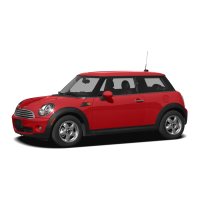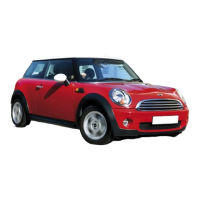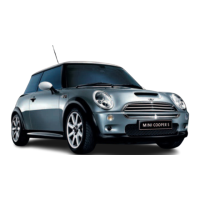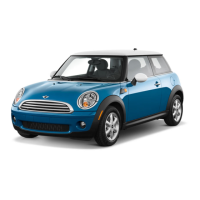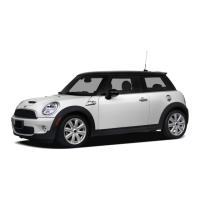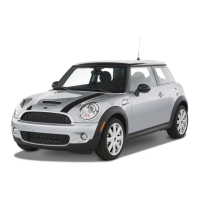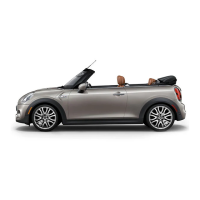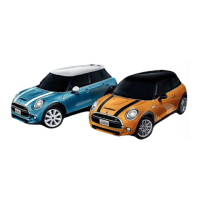Cargo area
Vehicle features and options
This chapter describes model-specific
equipment, systems, and functions that are
currently available, or may become available
in the future, even if they are not present in
the vehicle.
Additional information:
Vehicle equipment, refer to page 8.
Loading
Principle
When loading the vehicle, items and cargo
must be stowed and secured properly. Do
not exceed the permissible weights and
loads.
Safety information
Warning
High gross vehicle weight can overheat
the tires, damage them internally and
cause a sudden tire pressure loss. Driv-
ing characteristics may be negatively
impacted, reducing directional stability,
lengthening the braking distances and
changing the steering response. There is
a risk of accident, injury, or property dam-
age. Pay attention to the permitted load-
carrying capacity of the tires and never
exceed the permitted gross vehicle weight.
Warning
When driving, loose items or devices con-
nected to the vehicle with a cable, i.e.,
mobile phones, may be thrown around the
vehicle, e.g., in the event of an accident
or when braking or performing evasive
maneuvers. There is a risk of injury and
risk of damage to property. Secure loose
objects or devices that are connected to
the vehicle via a cable.
Warning
Improperly stowed objects can slip and be
thrown into the car's interior, for instance
in the event of an accident, braking or an
evasive maneuver. Vehicle occupants can
be hit and injured. There is a risk of injury
and risk of damage to property. Stow and
secure objects and cargo properly.
NOTICE
Fluids in the cargo area can cause dam-
age. There is a risk of damage to property.
Make sure that no fluids leak in the cargo
area.
Steps for determining correct load
limit
1. Locate the statement “The combined
weight of occupants and cargo should
never exceed XXX kg or XXX lbs” on
the vehicle’s placard.
2. Determine the combined weight of the
driver and passengers that will be riding
in the vehicle.
Seite 267
Cargo area CONTROLS
267
Online Edition for Part no. 01405B37A59 - II/24
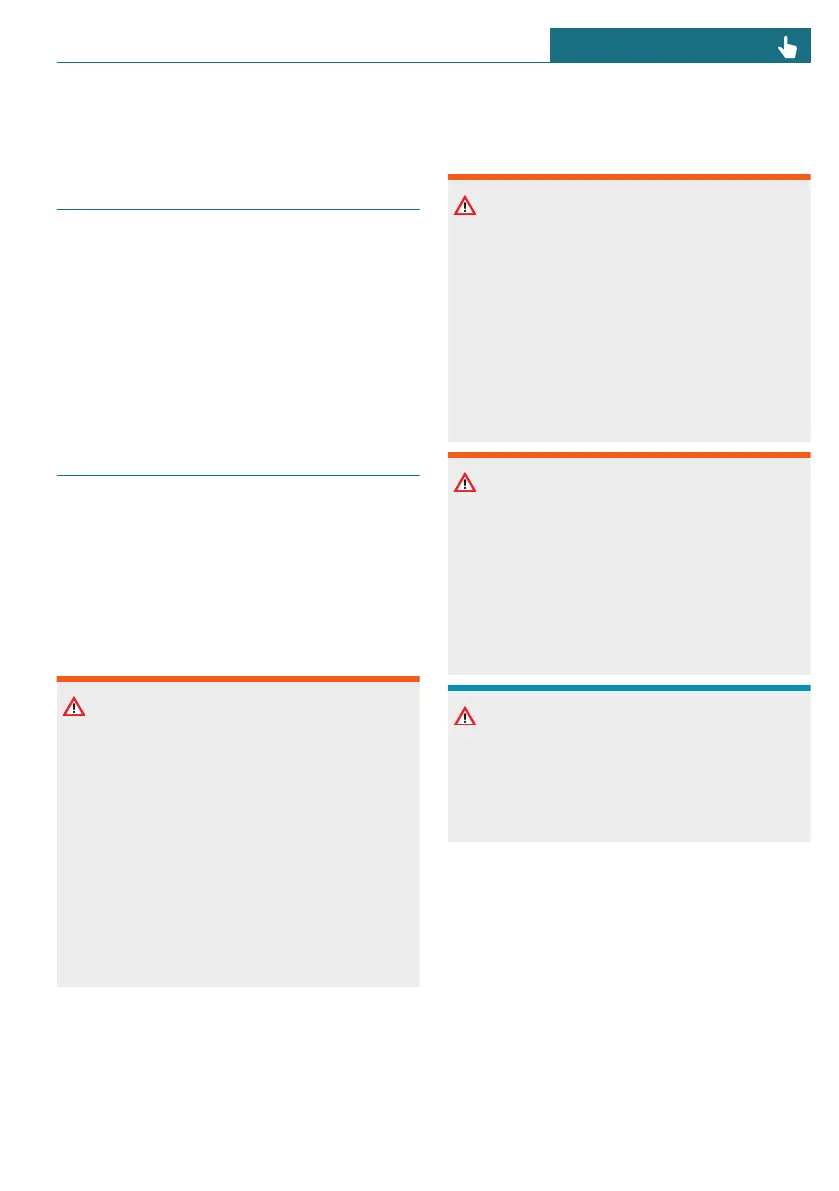